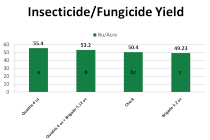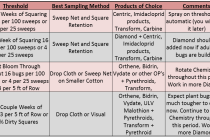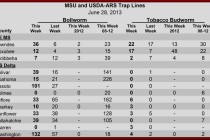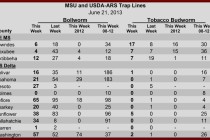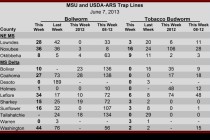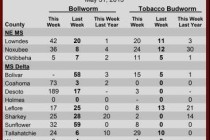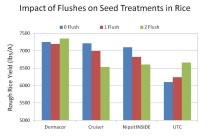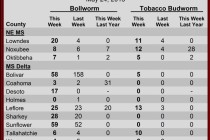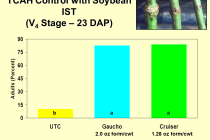Managing Insect Pest in Mississippi Grain Sorghum
Mississippi traditionally does not plant a lot of grain sorghum compared to some states but the acres we plant (42K according to USDA, 2013) have to be scouted and managed for insect pest at least weekly. Grain sorghum in Mississippi can have significant insect issues in some years, especially on late plantings.

